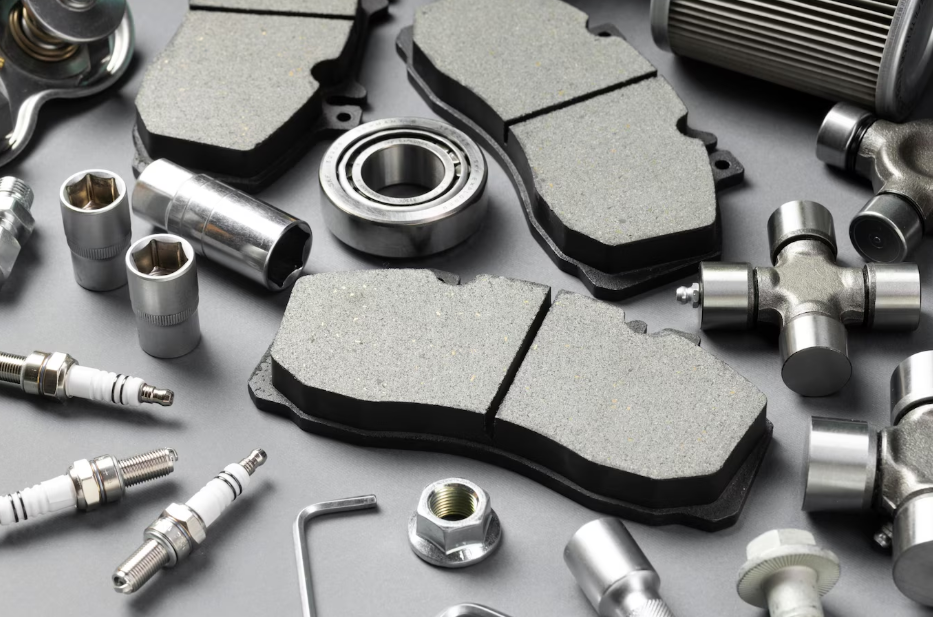You are probably wondering why a market that generates billions in revenue by selling 18 million new units a year would need low-volume manufacturing. That is one solid question we can answer with some basic math and some perspective. The cold hard truth is that the automotive industry needs more than ever niche developments in small quantities given the new standards of service of the industry.
The truth is that even with high volume sales, a lot of owners try to keep their vehicles for the duration. It’s a given since it’s costly to update cars to a new model every two or three years. There is also a demand for parts that is an ongoing source of challenges manufacturers. The reason is that they have configured the production to turn out new parts as quick and cheap as possible.
This requires equipment with dedicated tooling that minimizes cycle times at the expense of flexibility. You will find many big companies outsourcing their business to third parties to get low volumes of parts that are needed in some markets where they have established costumers with older models. It’s not exactly comfortable, but it gives them room to keep their consumer base happy with widespread attention and parts.
Table of Contents
ToggleThe Force Driving the Demand for Low-Volume Manufacturing
In the present state of the automotive market, small quantities of parts are needed for things such as test rigs to verify performance. They are also frequently destroyed to perform forensic analysis and test the security features of certain surfaces and structures. Rapid Prototyping services are used to obtain these components, with design and engineering figuring out on the go how these parts will work together. There is also the production of niche vehicles, as well as the logistics that need to be managed at the launch of certain products. It’s also an ongoing source of replenishment for older parts for outdated models that require fixing.
The True Impact of Tooling
It’s kind of difficult to overstate the real impact of tooling when it comes to the creation of auto parts. Leading times in the industry are measured months ahead, and the costs run in the six figures land. As you can imagine, auto manufacturers have to make decisions before getting a dime of profit. That’s why they are reluctant to do it until they have confidence in the projected volume sales. That’s why tooling orders are delayed. Manufacturers find themselves in the unique position of being unable to produce the initial quantities required to cover initial demand. That’s why they seek alternative methods for low-volume manufacturing, and Rapid prototyping services are more than happy to comply.
Are Rapid Prototyping Services Even an Option?
Modern manufacturing processes have a great appeal because these services can handle low-volume manufacturing. Building a new part is done one layer at a time, so there is no need for tooling. The approach saves money for big companies, but the more significant impact is seen through lead-time savings. Diecast for injection molding are expensive, and they take a lot of time to get done right. Rapid prototyping services can do the same job in a matter of hours to create a complex metal piece that can be cast in seconds.
The fact that you can make parts for jet engines with this technology is nothing sort of staggering. The services offered by these companies are nothing but the real dealbreaker for companies that launched products on a dare. The levels of complexity achieved by rapid prototyping companies are overcoming obstacles by the minute while making themselves useful in more industries we count on. It’s safe to call it the way of the future without making it sound like a cliche.
There are still questions that need to be answered. Costs were the driving force that pressured the auto industry to look at rapid prototyping services with a fresh set of eyes. But this is by no means a magical fix — there limitations to overcome. While many of the capabilities of these companies are focused on plastics, they have been moving slowly but steadily to work with metals as well. Is too daring to say that we will get a full vehicle 3d printed soon, but that day may not be as far as we think.
Low-Volume Manufacturing Solutions for Automakers
Not everyone is the same mindset in the automotive industry. A lot of companies are still struggling to find the benefits of low-volume manufacturing. Many still prefer to harness the flexibility of their proven manufacturing technologies while struggling to find ways to reduce leading time. In the end, even if they go with in-house services, they will need this technology. The flexibility of computer-controlled equipment is much more manageable than dedicated automation and more attractive cost-wise than traditional tooling.







